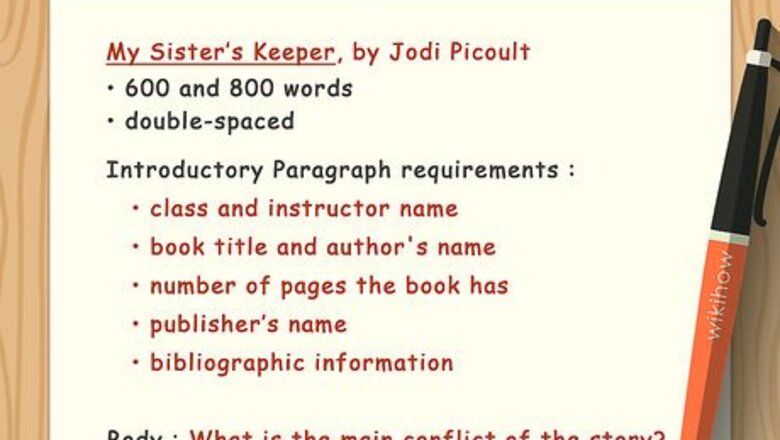
views
- Read the entire book and take notes on important themes, characters, and events. Use your notes to create an outline with evidence that supports your analysis.
- Include the title and author in your intro, then summarize the plot, main characters, and setting of the book.
- Analyze the author’s writing style, as well as the main themes and arguments of the book. Include quotes and examples to support your statements.
Researching Your Book Report
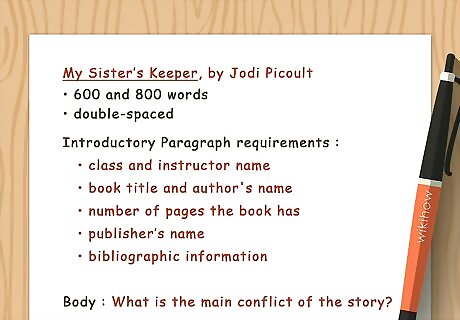
Follow the requirements of your assignment. Read through the assignment sheet carefully and make note of any questions you have. Raise your hand during class or talk with your teacher afterward to go over any concerns. Make sure that you know the required paper length, due date, and any formatting requirements, like double-spacing. For example, find out if your teacher wants you to include citations, such as page numbers from the book, in your report. Ask your teacher how much of your paper to devote to summary versus analysis. Most book reports are direct summaries with objective analysis rather than your personal opinions. In contrast, a book review or commentary is more opinion-driven. Check what kinds of topics you might be asked to write on from the book, so you’ll know what to look out for as you read. For example, your teacher may want you to focus on summarizing the plot, analyzing the characters, or even comparing and contrasting two different books.

Choose an interesting book. If your teacher doesn’t assign you a specific book, pick one you think you’ll like. Choosing a good book will make the reading and writing process more enjoyable. If you’re not sure where to start, try finding one at the library and ask the librarian for suggestions. Some popular books for book reports include To Kill a Mockingbird by Harper Lee, Animal Farm by George Orwell, and The Hunger Games by Suzanne Collins. Choose a book at your grade level.
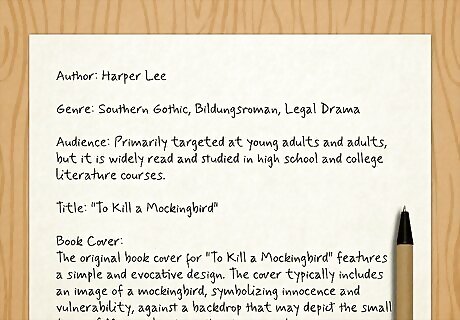
Write down the key elements of the book. Before you start reading, make note of important information like the author and genre. Here are some questions to ask yourself as you look over the book: Author: Who wrote the book? Do you know any other works by this author? Genre: Is the book fiction or nonfiction? If it’s fiction, is it historical, fantasy, horror, etc.? If it’s nonfiction, is it a biography, memoir, science, etc.? Audience: Who would find this book appealing? Is it intended for a specific age range or gender? Do you typically enjoy books like this? Title: Does the title catch your interest? Does it fit well with the book’s content? Book Cover/Illustrations: What does the book cover convey and does it accurately represent the book? How do you feel when you look at it? If the book has illustrations, what are they and do they hold your interest?

Read the entire book. This is the most important step. Before you even think about writing, sit down and read the text. Find a quiet place where you can concentrate on the book and nothing else. It helps to keep your paper in mind as you read, paying particular attention to any important plot points of characters. Take breaks while reading to keep your attention sharp. Try to find a pace that is comfortable for you. If you get distracted after 15 minutes, read in 15-minute intervals. If you can go an hour, read for an hour at a time. Give yourself enough time to read the entire book. It’s very difficult to write a book report if you’ve just skimmed over everything. Don’t procrastinate! Don’t trust online book summaries. You can’t guarantee that they are accurate or true to the text.

Take careful notes when reading. Keep a pencil, highlighter, or sticky notes handy as you read. If you prefer to work with your phone or computer, open up a word document and take all your notes there. If you find something that you are curious or confused about, mark it. When the author discusses a major plot point or character, do the same thing. Start identifying evidence and details that you can use in your report by bracketing or placing a note by quotations of good examples. For example, look for a sentence that clearly describes a main setting in the book, such as “The castle was gloomy and made out of large black stones.” If you're reading a digital book, you can even make bookmarks that will be easily searchable once you have to write your report.
Outlining Your Book Report
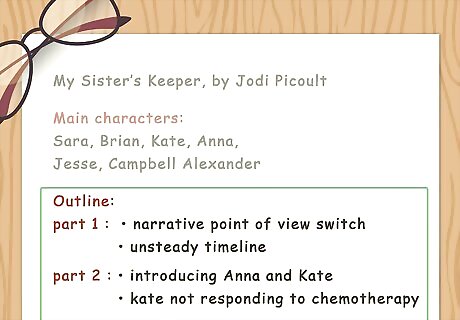
Create an outline. This should be a paragraph-by-paragraph listing of how you’ll organize your book report. Include what each paragraph will discuss and the details from the work that you’ll include. This outline might change a bit when you start writing. Writing often leads to new realizations, so have a plan but be flexible. Here’s a general idea for what your outline should include: Introduction: Introduce the title, author, and publication information. Include a brief overview of the book’s genre and main theme, and state your purpose for writing the report. Summary: Concisely summarize the plot or central idea, highlighting main events, characters, and conflicts. Focus on important aspects while avoiding spoilers. Analysis and Evaluation: Evaluate the author’s writing style and use of literary devices, like foreshadowing, metaphors, imagery, etc. Discuss the strengths and weaknesses of the book and use quotes and examples from the text. Themes and Messages: Identify the book’s main themes or messages and how they develop through the course of the book. Provide specific quotes and examples. Character Analysis: Analyze the main characters in the book, their development, and their relationships. Explain their motivations, personalities, and significance to the story. Provide examples and quotes to support your analysis. Personal Reflection: Depending on your teacher’s instructions, you might share your personal opinions and discuss what you liked and disliked about the book. Reflect on how the book relates to broader themes or issues. Conclusion: Summarize your main points and conclude with your final thoughts or reflections on the book. Bibliography: If required, include a works cited page or bibliography listing all the sources you used to write your book report. Outlining takes time, but it saves you more time once you reach the editing stage. Some people prefer to outline with pen and paper, while others just type up a list on the computer. Choose the method that works best for you.
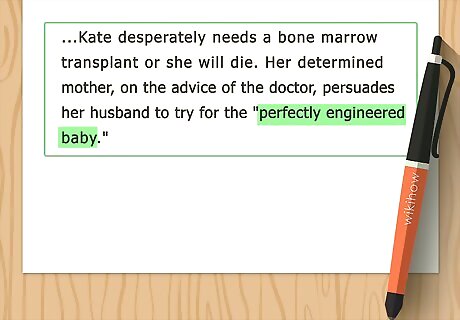
Intermix examples and quotations from the text. As you construct your outline, try to pair any general points of summary with specific details from the book. This will show your teacher that not only have you read the book, but you understand it, too. Vary your examples and keep your quotations brief. Be careful not to overuse quotes. If it seems like every other line is a quote, try to dial back. Aim to include a maximum of one quotation per paragraph. Quotes and examples should still take a backseat to your summary.
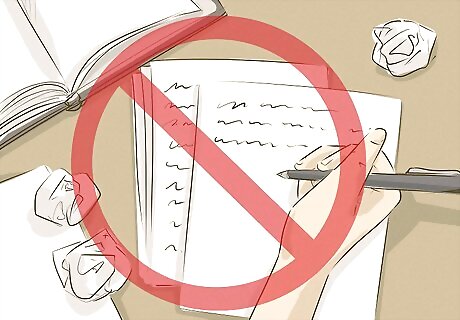
Don’t try to cover everything. It’s just not possible to discuss every piece of the book thoroughly, so don’t set yourself up for failure by trying to do so. Instead, make sure that your report includes the most important ideas and gives your reader a real feel for the book. For example, you’ll likely need to focus primarily on discussing the most important characters or the characters that appear most frequently in the text. When you are finished with your outline, go back through it to see if it makes sense. If the paragraphs don’t flow into one another, move them around or add/delete new ones until they do. Also, check to see if your outline covers all of the major elements of the book, such as the plot, characters, and setting.
Writing Your Book Report
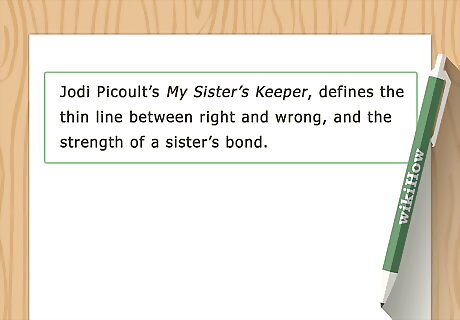
Open with an informative intro paragraph. When starting a book report introduction, include the author’s name and the book’s title and genre. Open with a line that will grab your reader’s attention, such as an interesting quote from the book. Include a general, one-sentence summary of the entire work as the last line of your introduction. For example, a sentence summary might state, “This book is about the main character’s journey to Africa and what she learns on her travels.” Don’t take up too much space with your introduction. In general, an introduction should be 3-6 sentences long, though in rare cases, they may be longer or shorter.
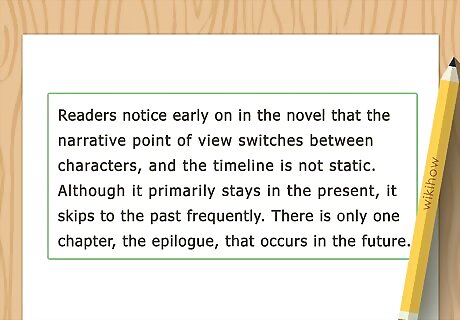
Describe the book’s setting. This is a great way to start the body of your paper because it sets the stage for everything else that you’ll discuss. Try to describe the locations mentioned in the book so that your teacher knows exactly what you’re referring to. If the story takes place on a farm, say so in your report. If the setting is imaginary or futuristic, make that clear as well. Use vivid language when you can and include plenty of details. For example, you might write, “The farm was surrounded by rolling hills.”
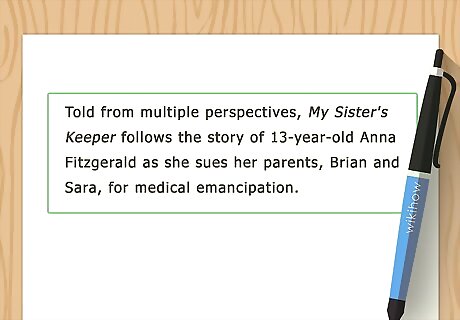
Include a general plot summary. This is where you describe exactly what happens in the book. To write a good summary, mention any major events that occur and how they impact the characters. This portion of your report should look like a detailed outline of the book itself. For instance, if the main character moves to Africa, you might describe what happens before the move, how the move goes, and how they settle in once they arrive.
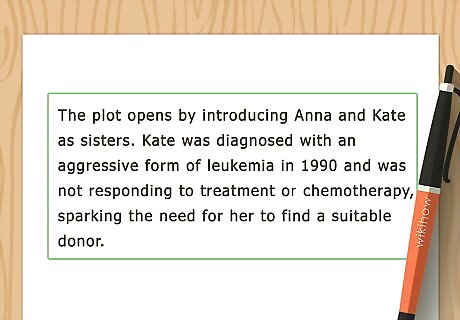
Introduce the main characters. As you mention each character in your book report, make sure to introduce who they are and why they are important. You might also devote an entire section of your report to describing the primary characters, focusing on everything from what they look like to their most important actions. For example, you might write that the main character is “a middle-aged woman who enjoys the finer things in life, such as designer clothes.” Then, connect this description to the plot summary by describing how her views change after her travels, if they do. Expect to introduce the characters in the same sentences and paragraphs as the plot introduction.

Examine main themes and/or arguments in your body paragraphs. Look for the “big ideas” as you’re reading. In a fiction work, pay attention to the character’s actions and how they follow certain patterns. In a nonfiction work, look for the author’s primary thesis statement or argument. What are they trying to prove or suggest? You might write, “The author argues that travel gives you a new perspective. That is why her main characters all seem happier and more grounded after visiting new places.” For fiction, determine if the author is using the story to pass along a certain moral or lesson. For example, a book about an underdog athlete could encourage readers to take chances to pursue their dreams.
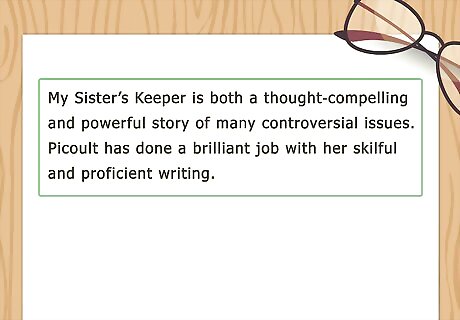
Comment on the writing style and tone. Look over sections of the book and pay particular attention to writing elements like word choice. Ask yourself whether the book was written formally or informally. See if the author favors certain ideas and arguments over others. To understand the tone, think about how you felt when you read certain parts of the book. For example, an author who uses lots of slang terms is probably going for a hip, approachable style.
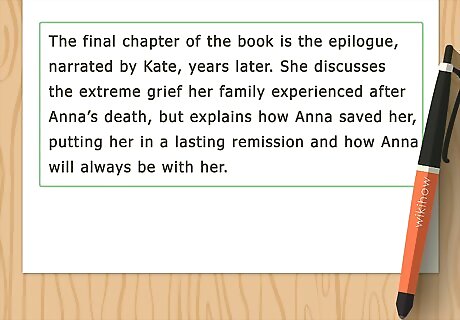
Write a concise conclusion. Your concluding paragraph is where you pull everything together for your reader. Include a few quick sentences summarizing the entire book. You can also make a final statement about whether you’d suggest the book to other readers and why. Some teachers require, or strongly suggest, that you include the author’s name and the book title in your concluding paragraph. When writing a conclusion, don’t introduce any new thoughts. Any important points should be made in your body paragraphs. Save the space for your recap.
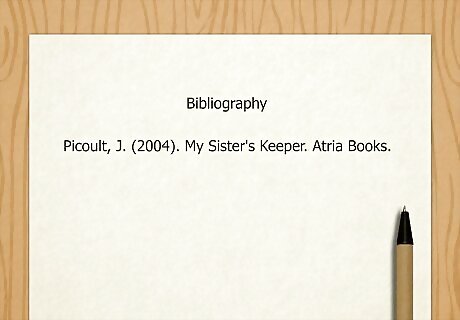
Include a bibliography, if required. A bibliography or works cited page lists the sources you used to write your book report. This helps you avoid plagiarism and demonstrate your research skills. If your teacher requires you to write a bibliography, include every source you used, whether that’s just the book you wrote about or 10 additional sources.
Reviewing and Revising Your Book Report

Edit your paper. Re-read your paper at least 2 times. The first time, concentrate on making sure that the structure makes sense and that each paragraph is clear. The second time, proofread it to look for small errors and typos, such as missing commas or quotation marks. It helps to read your paper aloud to notice any awkward phrasing. Before you submit your paper, make sure that you’ve spelled the author’s name and any character names correctly. Don’t trust your computer’s spell check to catch all the errors for you. Spell check can be helpful, but it isn’t perfect and can make mistakes.
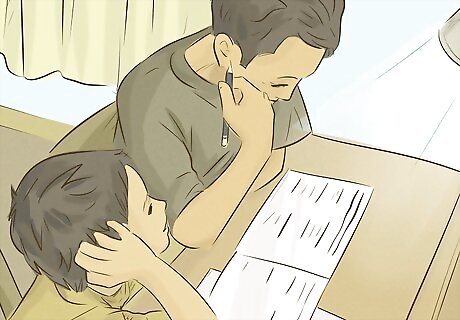
Ask someone else to read it. Go to a trusted family member, friend, teacher, or classmate and ask if they’ll read through your report. Ask them to jot down comments or corrections in the margins. Talk to them afterward to get suggestions and to see if they were confused by anything you wrote. If you’re nervous about asking, try saying something like “It would be great if you could go over my book report and make sure that it reads smoothly.” Remember, no one’s first draft is perfect, so don’t get upset if someone suggests you do something differently. They want to help make your report the best it can be, so don’t take constructive criticism personally.
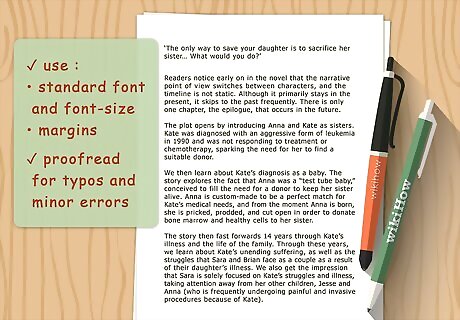
Polish your final draft. Once you’ve made any and all corrections, look at a clean version of your report and read through it slowly and carefully. Look for any typos or minor errors. Compare your report to the guide sheet to make sure you’ve followed all of your teacher’s directions. For example, double-check that you are using the correct font, font size, and margins. Once you've finished proofreading, revising, and checking that you've addressed all the requirements, you're ready to submit your book report!















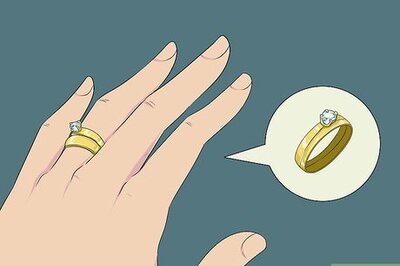
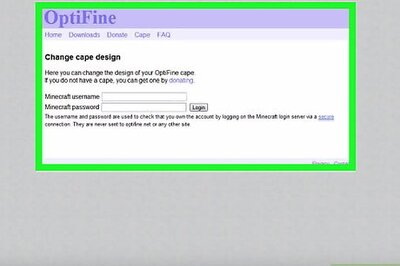

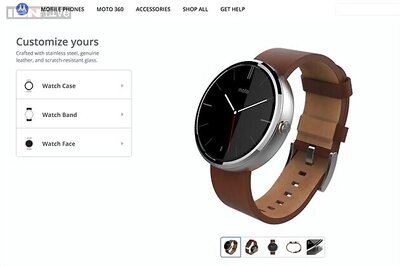

Comments
0 comment